What are the symptoms of Mould?
Mould is a type of fungus that grows in damp environments, often unnoticed until it becomes a major problem. While it may seem harmless, prolonged exposure to mould can lead to serious health issues, affecting everything from your immune system to your mental health.
Here, we’ll explore the symptoms of mould illness.
Possible Symptoms of Mould Illness
Mould exposure can affect different people in different ways in Parramatta. Some may experience mild symptoms, while others develop chronic health issues. Here are some signs that mould might be impacting your health:
1. Physical Symptoms
- Fatigue – If you are feeling exhausted even after a good night’s sleep, it might be caused by mould.
- Blood pressure issues – Mould might be the reason for unexplained high or low blood pressure.
- Shortness of breath – Difficulty breathing, similar to asthma can be caused by mould.
- Skin rashes and acne – Mould causes breakouts or irritation.
- Headaches – Mould causes frequent, unexplained headaches.
- Muscle pain – Mould causes persistent aches and pains without a clear cause.
2. Mental and Emotional Symptoms
- Depression and anxiety – Feeling unusually sad, anxious, or stressed.
- Irritability – Becoming easily frustrated or moody.
- Mental health disorders – In some cases, mold exposure has been linked to neurological issues.
3. Digestive and Hormonal Symptoms
- Weight loss or gain – Unexplained changes in weight.
- Constipation or diarrhea – Chronic digestive issues.
- Low sex drive – Decreased interest in intimacy.
- Infertility – Difficulty conceiving due to hormonal imbalances.
- Irregular or missed periods – Sudden menstrual cycle changes.
4. Respiratory and Allergy Symptoms
- Asthma or worsening asthma – Increased severity of symptoms.
- Cold and flu-like symptoms – Persistent coughing, sore throat, and congestion.
- Sneezing and teary eyes – Allergic reactions similar to hay fever.
- Eye irritation – Itchy, red, or watery eyes.
5. Unusual Symptoms
- Metallic taste in the mouth – Some people report a strange, persistent taste.
- Chemical sensitivity – Increased sensitivity to smells and chemicals.
- Lost sense of taste and smell – Similar to COVID-19 symptoms.
If you notice multiple symptoms on this list and living in Parramatta and near by suburbs, mould exposure could be a factor in your health issues.
Mould is more than just an unsightly nuisance—it’s a hidden health hazard that can cause serious illness. If you’ve been experiencing unexplained health symptoms, checking for mould in your home is a smart step. Prevention and prompt action can protect both your home and your well-being.
Call / Message Us
What we Clean?

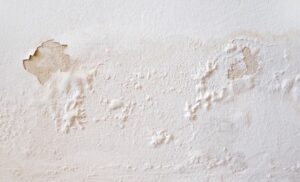

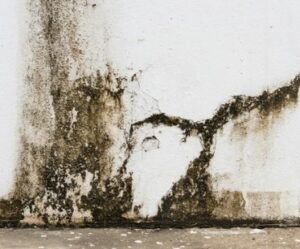
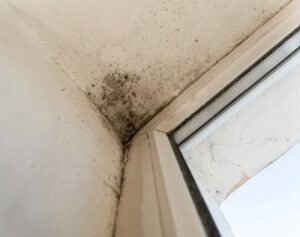
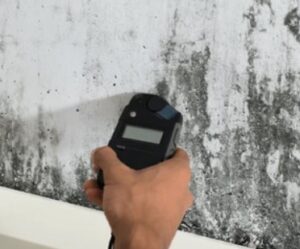
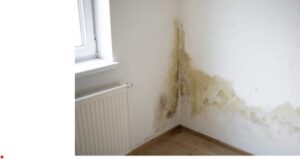
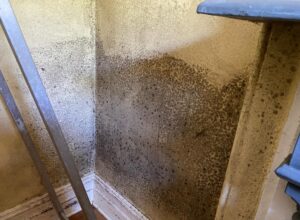
Why does mould grow?
If you plan to clean mould, be careful to prevent spores from spreading throughout your home. Mould usually sticks to walls, but it consists of tiny spores that can easily become airborne and settle in different areas if not handled properly. These spores are invisible to the naked eye, making them difficult to detect. Once they land on a suitable surface, they can grow into new mould colonies. Our cleaning business offers a range of mould removal services in your area to help keep your home safe and mould-free.
What should you do if you see mould in your home?
If you can already see mould in your home, your main focus should be getting rid of it rather than testing it. While some types of mould may be more harmful than others, the Centers for Disease Control and Prevention advises removing all mould immediately, regardless of the type. Whether it’s black, brown, green, or white, mould needs to go. Testing might be useful if you want to be sure there’s no toxic black mould present, but the priority should always be removal.

June Mark
Mom
What should you do if mould is affecting your health?
Removing mould is just the first step. Mould in your home can make you sick by releasing spores that irritate your airways, causing nasal congestion, coughing, wheezing, throat irritation, and chest tightness. If you experience these symptoms, clean the mould and see a doctor as soon as possible.
To check for mould, you can buy a mould test kit from a hardware or home improvement store. Look for signs like dark spots, discoloration, or damp areas. Some kits use tape or cotton swabs to collect samples, while others test the air from your HVAC system. The samples are sent to a lab to identify the mould type, but these tests aren’t always accurate and don’t measure mould levels.
Once you find mould, wear gloves, safety goggles (without ventilation holes), a face mask, and long-sleeved clothing before cleaning. Also, turn off fans and air conditioning to prevent spreading spores.
How do I test for mould in my home?
You can use a mould test kit, check humidity levels, or hire a professional to inspect your home.
Can I remove mould myself?
For small areas, yes. You can use natural cleaners like vinegar and baking soda. However, large infestations require professional help.
4. What are the most common places for mould to grow?
Bathrooms, kitchens, basements, attics, and anywhere with water damage or high humidity.
How fast does mould grow after a water leak?
Mould can start growing within 24-48 hours of moisture exposure, so quick action is crucial.
Comments are closed